Bada Naam Karenge: Sooraj Barjatya acknowledges the facade of Hum Saath Saath Hain’s ‘perfect’ family where fear replaces love
Share this post
Sooraj Barjatya was just 30 years old when he made the now-classic film Hum Aapke Hain Koun. Such was the response to the aesthetic of the film, that just five years later, he made an over-the-top version of the same thing with Hum Saath Saath Hain. Bear in mind, this was a man, still in his 30s, doling out advice to an entire generation, and telling them that parents, or any elders, in the family were god-like people who must not be questioned. Karan Johar ran with the idea and made Kabhi Khushi Kabhie Gham where the same message was underlined once again. But, the generation has changed and these men are now in their 50s, and it feels like they have just realised that the idea of the ‘perfect family’ they confidently promoted wasn’t all that it was shown to be. Karan, in his trademark verbose way, expressed his realisation with Rocky Aur Rani Kii Prem Kahaani, and for Sooraj, it feels like a a sliver of that is coming through Rajshri’s latest show Bada Naam Karenge, where he is credited as the showrunner.
The central plot of the SonyLIV show is that of a young love story, and much like all desi stories, the conflict here is the disagreeable elders. After very many unnecessary twists of ‘will they-won’t they’, we finally get to the crux of the show which looks oddly familiar as a viewer, but feels almost out of place in the world of Rajshri. Unlike Rajshri films where youngsters unquestionably follow their elders despite their impossible demands, the 20-something protagonist here calls out his tauji, played by Kanwaljit Singh, for assuming he knows best when he really doesn’t, and demanding love and respect when he doesn’t really deserve it.
The central Rathi family on the show lives in a garish mahal in Ratlam, which can pass off as a heritage wedding resort. Thanks to years of watching Rajshri films, we already know the tropey characters inhabiting it, where even the bad guys function within a sanskari framework. However, since this is a show tries to question the declarations made by its predecessors, we quickly start seeing the cracks. The women of the Rathi family have no say, and no rights. Even something as small as a Zumba class has to be treated like a state-level secret, and while there are characters in the show who can sense the absurdity here, the show also realises that treating women as an afterthought might not work today.
bada naam karenge sony liv From its appearance, Bada Naam Karenge looks like another Rajshri product set within a large joint family.
Bada Naam Karenge takes baby steps towards suggesting that the idea of a ‘happy joint family’ isn’t all that it’s hyped up to be. In a crucial scene, the patriarch of the family, played by Kanwaljit Singh, is told in very clear words that what he assumes to be love and respect from his family members, is actually fear. His family members don’t want to disappoint him — not because they love him, but because he can choose to exclude them if he gets upset. They have to lie because its impossible to reason with him and this confession comes as a shock to him. Think of it as Ranveer Singh calling out Jaya Bachchan’s character in Rocky Aur Rani Kii Prem Kahaani, except here, Kanwaljit’s character is not painted as an evil person. But, it is evident that his authoritarian ways have damaged an entire generation, and he never saw it because he was the one inflicting the pain. His wife, played by Alka Amin, has also been a victim of patriarchy and her wounds have become a part of her personality. So even when she is called out for the same, she refuses to see the problem.
A significant chunk of the show focuses on the story of the bua of the house, played by Anjana Sukhani, who was punished because she dared to fall in love. It is at this point, that the show starts to highlight that the traditional idea where older men of the family decide what’s best for you is a flawed concept. The existing patriarchy has given them the power to boss over everyone, and because they don’t expect to be called out, they go on spreading the same toxicity for decades, not realising the generational trauma they are passing down. The declaration that ‘we are wise because we are older’ rings hollow and Bada Naam Karenge spends quite a lot of time in underlining that. But, the show gets around to all these subjects largely in the last two episodes.
Anjana Sukhani’s character triggero the actual conflict on the show Anjana Sukhani’s character triggers the actual conflict on the show.
In the case of both Karan Johar and Sooraj Barjatya, one can’t help but think of these shows and films as somewhat autobiographical, much like their other works. Its like their 30-year-old versions had a phase where they were unsure of their own decisions and the path shown by elders, felt like safe choices. When it gave them success, they started to believe that these older people were awarded some special wisdom with age but now, when they are older, they can clearly see that age has nothing to do with wisdom. So the idea that elders must be respected because they are older has gotten dismantled intrinsically. Its almost as if they are telling their younger selves that they should have done what they wanted, as opposed to what they were told to do, and perhaps, the result would have been the same.
Sooraj Barjatya’s idea of a ‘happy joint family’ found its way in the masses decades ago and while he might have realised that the idea is inherently flawed, it will take many more ‘Bada Naam Karenges’ to scrub that off people’s conscience.

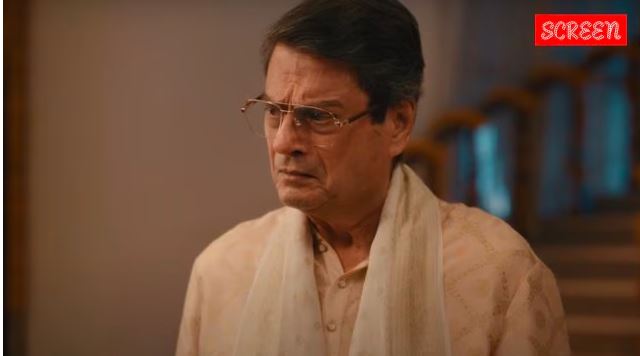
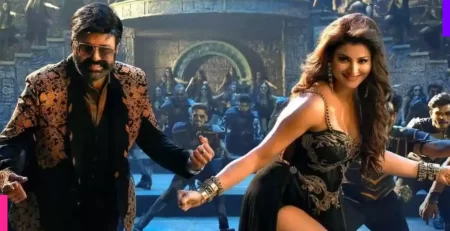
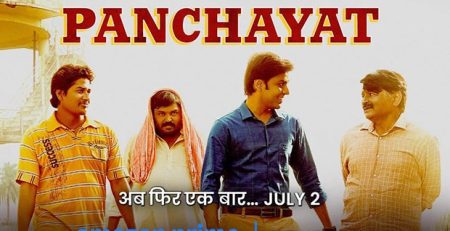

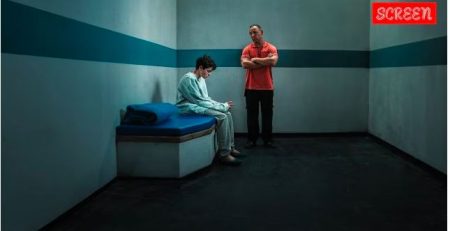
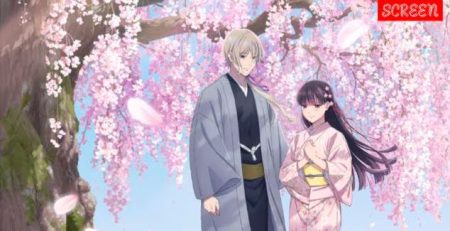
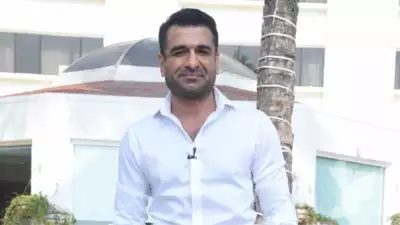
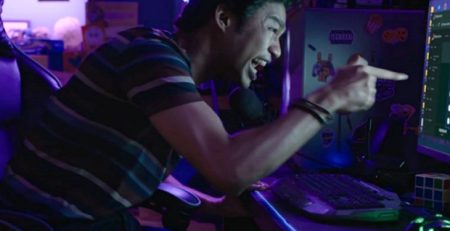



Leave a Reply